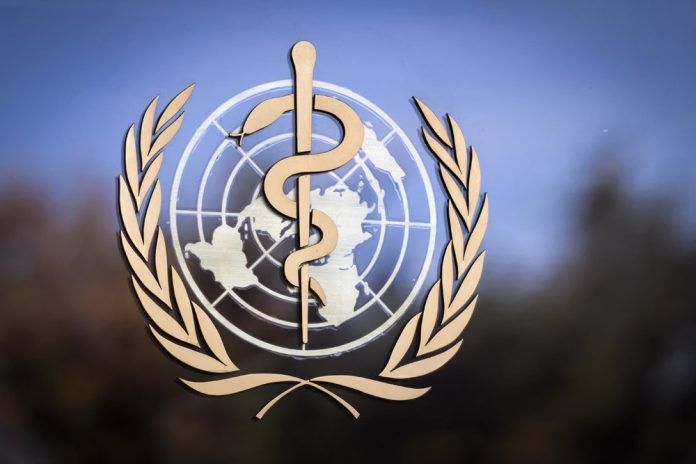More than half of people in Europe will likely catch Omicron by March, the World Health Organization said Tuesday, as the World Bank warned the contagious variant could hamper global economic recovery.
Millions in China were locked down again, exactly two years after Beijing reported the first death from what was later confirmed to be coronavirus.
The highly transmissible Omicron strain has swept across countries, forcing governments to impose fresh measures and some rolling out vaccine booster shots.
But the WHO on Tuesday warned that repeating booster doses of the original Covid jabs was not a viable strategy against emerging variants.
The UN body called for new vaccines that better protect against transmission.
“A vaccination strategy based on repeated booster doses of the original vaccine composition is unlikely to be appropriate or sustainable,” a WHO vaccine advisory group said.
With almost eight million recorded infections over the past seven days, Europe is currently reporting the largest number of deaths and cases worldwide, according to an AFP tally.
Europe is at the epicentre of alarming new outbreaks and the WHO said Tuesday Omicron could infect half of all people in the region at current rates.
– European ‘tidal wave’ –
The WHO’s regional director for Europe Hans Kluge described a “new west-to-east tidal wave sweeping across” the region.
“The Institute for Health Metrics and Evaluation (IHME) forecasts that more than 50 percent of the population in the region will be infected with Omicron in the next six to eight weeks,” he added.
The WHO’s European region covers 53 countries and territories including several in Central Asia, and Kluge said 50 of them had Omicron cases.
Kluge however stressed “approved vaccines do continue to provide good protection against severe disease and death — including for Omicron”.
The European Medicines Agency (EMA) said that the spread of Omicron was pushing Covid towards being an endemic disease that humanity could live with, even if it remained a pandemic for now.































